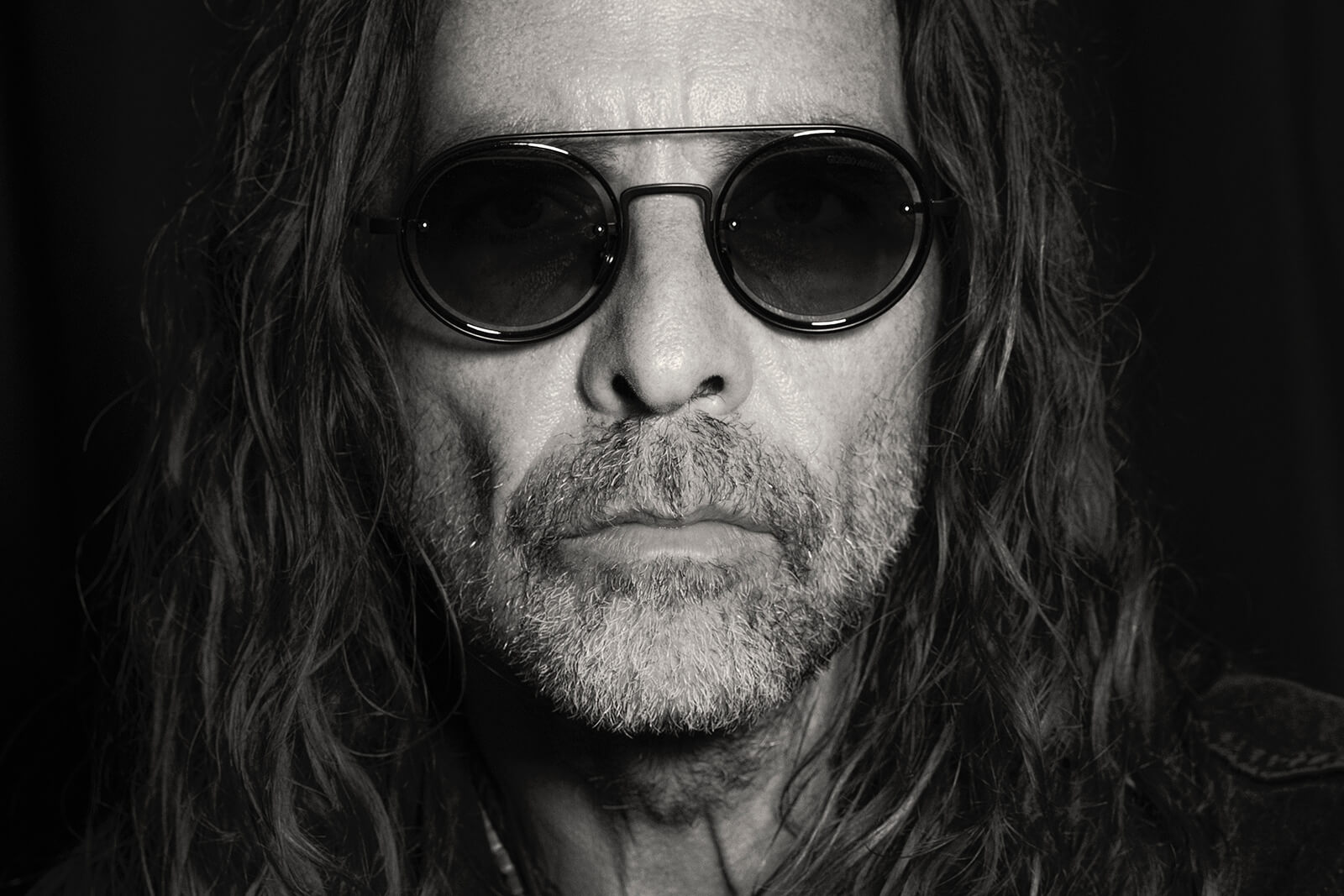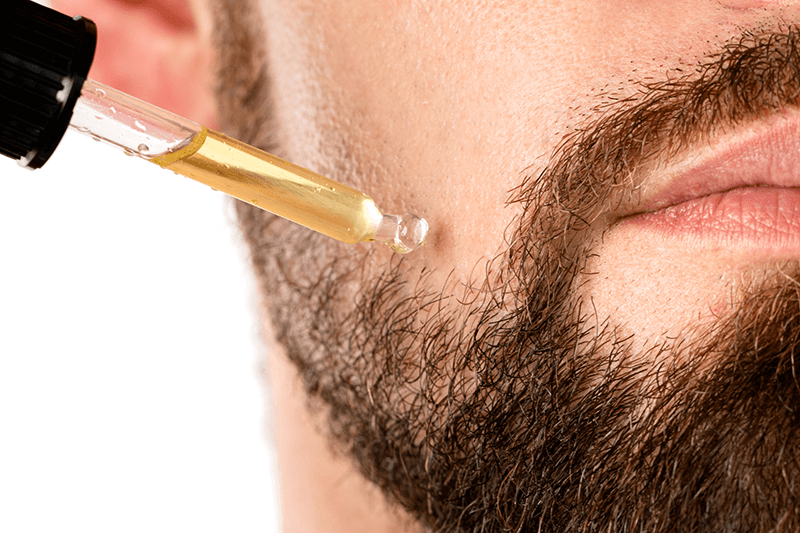Author: Faiysal Kothiwala
Published at: Dec 09, 2024
A well-groomed beard is regarded as the most masculine and conspicuous physical trait attributed to men. All warriors of the past were mostly big, strong men with intimidating beards which reflected confidence and deterred their enemy. A well-groomed beard is still revered amongst men, preferred by women, and gives masculine vibes.
So, if you have the desire to grow a beard, chances are that your life can change drastically and it will give a new element to your personality that you have never experienced before. So, how do you grow a beard? That's where we come in and in this post, we will guide you about various benchmarks and key elements you need to keep in your mind while growing a beard.

So the first step is to say goodbye to your razor and liberate the sideburns. That's where the journey begins. At this stage, you are full of anticipation and want to feel how a well-groomed beard feels on your face, but upon reflecting in the mirror, you realize that nothing much has changed. This will be true for most of the Vikings out there, and the majority of them will only see some stubble.
There is no need to get disheartened or anxious as it is completely normal. With the right knowledge and patience, you will get there. During the first week, keeping aside a few exceptions, you will generally observe two types of patterns of growth in your whiskers—either significant growth in the mustache and goatee areas or growth on your cheeks and neck.
To encourage healthy growth and prevent itchiness, using a high-quality beard oil can help nourish your beard and keep the skin underneath hydrated.
You’ll also observe two types of hair growth during this stage: the darker, bristly hair that will cover a major chunk of your growing beard, also referred to as terminal hair, and lighter hair, called vellus hair. Vellus hair is usually common in youngsters and will eventually be replaced by terminal hair. Remember there is no need to worry, but be patient and have realistic expectations.
One big culprit which will likely spoil your journey at this stage is the notorious dry beard itch. Don't panic when you get it. Relax, it is not the worst thing in the world and will be gone in the coming days. Keep your Viking will alive!

During this stage of beard growth, you will get a general idea of what pattern your beard is likely to furnish. Although it's still too early to realize the exact outlook of your beard, it still allows you to realize in what areas of your face you will have a concentrated beard and where the concentration will be less. This is the period in which the outlook of your facade will start its more pronounced transformation, i.e. conversion from stubble to a beard!
If the length of the whiskers on your face has grown beyond one inch, then you can call it a beard. This transition will not be very smooth for most of you guys as the beard growth is generally uneven on the face. In some places, the growth of the beard will be pretty concentrated, but in other places, it will be the exact opposite, forming patches. This type of beard is usually referred to as a “patchy” beard. There can be many possible causes of patchiness that undermine your beard and affect your hair growth cycle, including genetics, hormones, poor nutrition, lack of sleep, age, and a lack of exercise. We will focus on these latter.
At this stage, the best remedy that can be offered to patchiness is to embrace it and let it grow, as it's still too early to jump to conclusions. One thing which should be avoided at all costs is comparing your beard with others. That's not a good idea, not only will it be disheartening and get you off the trail of your beard growth journey, but it's also not practical as you have not completed your beard growth journey yet. Besides, everyone goes through some level of patchiness. It's just a stage in the journey, stay geared in, and don't give up yet!
Moreover, you should be cautious about beard hygiene and use beard oil to moisturize it. Avoid using a shampoo meant for the scalp as it has detergents and chemicals which may cause beard itch or irritation and may even result in falling out of beard hair.
💡 Pro Tip: Regularly applying beard balm can help add texture to a patchy beard, making it appear fuller.
If you’re struggling with uneven beard growth, check out how to fix a patchy mustache for additional tips.

Generally, a beard, when allowed to be grown for a full month, can be judiciously attributed to being a complete beard. This rate of beard growth and its proportions are not the same for everyone and can vary. Nevertheless, you deserve all the admiration for sticking up to this point and persevering through the hindrances of the journey. After investing so much time and effort, there is no point in turning back, even if your beard has not blossomed into the elated Viking glory that you have always desired. Stay optimistic and trust the process!
As with any stage of beard growth, there are certain aspects that you might face and may require your due consideration:
💡 Pro Tip: If you’re struggling with an itchy beard, read how to stop beard itch for relief.

Upon reaching the benchmark of 6 weeks, you will likely become accustomed to having a beard. Your beard will look more burly and concentrated than before. At the same time, you will also observe that some hairs on your beard are growing in one direction while others are sprouting in another. At this stage, your beard growth requires harnessing through a regular beard care routine and deliberate grooming with good-quality beard grooming products.
Again, it is important not to give in to the temptation of trimming your beard. At the same time, it is also important to steer it as per the style that you desire or that works best with your facial features. Regular moisturizing of your beard with a good quality beard oil and combing it with a beard comb ( preferably cellulose acetate or wood) can help you maintain a well-kept look.
Good quality beard combs are made of gentle material, they facilitate smooth combing while preventing unnecessary pulling out of hair, and will help in getting rid of the knots and tangles that are common in any beard. Beard balm in controlled quantities can be applied to get that hygienic appearance, but you should be cautious of its over-application.
💡 Pro Tip: A micro-needle derma roller can help stimulate hair follicle growth, which may help fill in sparse areas.

By this stage, your beard will be fully grown and may not grow any further. This halt in beard growth can be attributed to the shedding of hair due to combing (Men shed from 50 to 100 hairs daily), genetics, and poor diet.
After crossing a year's benchmark, you likely have the beard you desired, and it's now your lifestyle. At this stage, you are a man who has completed the journey of growing a beard and is well aware of the problems inherent in beard growth. Remember, beard maintenance requires the daily practice of beard grooming and hygiene routine, which entails discipline and commitment.
In the ensuing paragraphs, we will discuss the phases involved in beard growth with likely timelines which you can expect, so stay tuned!
This stage of the beard growth cycle involves the growth of hair. In this phase, your hair grows at approximately 1cm a month as the cells in the root of your hair follicle divide at a rapid rate. Its duration can vary anywhere between two and four months, depending on the genetics and health of the follicles. This phase indicates the likely length of your beard.
On completion of the anagen phase, your hair enters the catagen. During this stage, the compartments of the hair follicle shrink and hair strands separate from the hair follicle, and the blood supply to the hair stops completely. The shrunk follicle as a result of this transitional phase can evolve and grow again upon the application of the proper stimulus. This phase can last several weeks.
This phase involves the transition of follicles from an active to a dormant stage. It is also referred to as the resting phase, which can last several months.
In this stage, the exogen hairs which have emerged out of follicles are passively retained and are susceptible to fallout.
If you aren’t genetically inclined to have a big, thick beard, no amount of “beard growth” supplements or nutrients can cause your body to create new hair follicles. Although there are products available that can stimulate increased circulation to your existing hair follicles, which encourages healthier growth.
Your age helps determine the rate of your beard’s growth and its quality. Males begin to develop facial hair around the age of 13 (puberty). In general, the most abundant and fastest hair growth occurs between the ages of 25 and 35 and slows down as we age.
Hormones regulate the growth of hair in our bodies. These hormones direct the hair follicles on what changes to make during the next growth cycle. Androgens (primarily testosterone) are one of the prime regulators of human hair growth. Although it is imperative to mention that men with higher levels of testosterone are often more prone to baldness because of dihydrotestosterone (DHT), an androgen that gives men their male characteristics but may cause hair loss.
Healthy hair follicles contribute to growing strong hair with a healthy texture and color. Your hair follicles are made up of 2 parts: the papilla and the bulb. The papilla delivers the blood supply to the hair follicle. The bulb, located at the bottom of the hair strand, contains the cells that grow the hair. If your hair follicles are damaged, you might get hair loss or hair thinning, extreme dryness, irritation, itchiness, redness, or flakiness.
A healthy diet that’s full of protein, vitamins, and minerals helps in sustaining your beard length while enabling it to maximize its growth potential. Protein deficiency can cause whisker strands to become brittle and weak. Vitamins such as B, C, and D, as well as zinc and iron, also help in stimulating the healthy and consistent growth of a beard.
Exercise helps in boosting testosterone, which in turn facilitates beard growth.
Getting appropriate sleep and rest is paramount to complete recovery of the body and facilitates beard growth. As we are now aware, the body’s temperature drops during sleep, which leads to increased blood circulation - including circulation to hair follicles and their roots.

Growing a beard is an amazing process that requires patience, discipline, and commitment. Every hair growth journey is unique, influenced by various factors discussed in detail in this blog. While beard growth can be challenging for some, the reward is well worth the effort.
We hope this article provides you with valuable insights into beard growth and every step involved in the process. For premium beard care products to support your journey, visit The Beard Struggle.
Fair winds and following seas on your beard growth voyage!
Comments